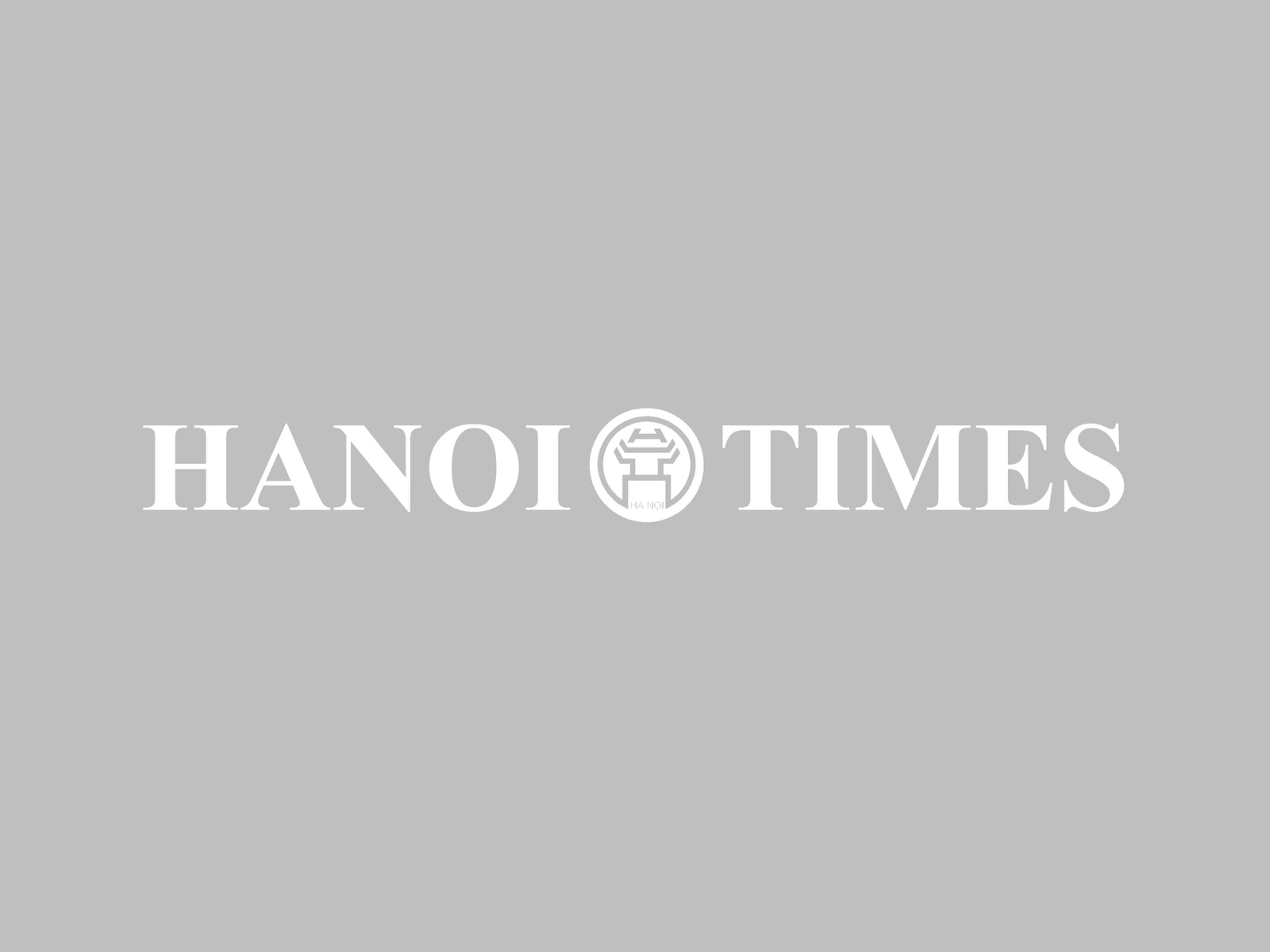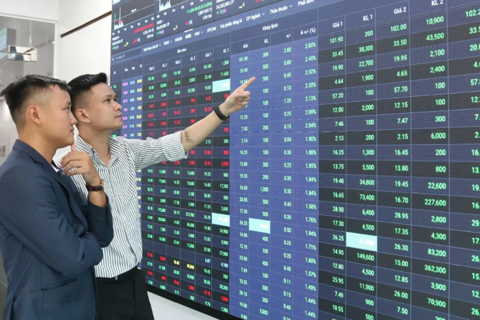Business
Japan's MUFG Bank wants bigger stake in VietinBank
Oct 11, 2018 / 12:01 PM
The Vietnamese government encourages foreign investors to purchase stake in local banks, especially in weak banks. In this case, there is no limit to foreign ownership ratio, which could go up to 100%.
MUFG Bank, Japanese largest bank, intends to increase its stake holding in Hanoi-based state-run Joint Stock Commercial Bank for Foreign Trade of Vietnam (VietinBank) to 50% of the latter's charter capital, according to Eiichi Yoshikawa, vice president of MUFG Bank.
Eiichi Yoshikawa made this statement in a meeting between Prime Minister Nguyen Xuan Phuc and leading Japanese corporations in Tokyo on October 10.
Le Minh Hung, governor of the State Bank of Vietnam (SBV), stated that an increase in VietinBank's charter capital is necessary to ensure its financial capability. VietinBank is currently Vietnam's third largest lender by market value.
With regard to foreign ownership ratio in the banking sector, Hung said the government encourages foreign investors to purchase stake in Vietnamese banks, especially in weak banks. In this case, there is no limit to foreign ownership ratio, which could go up to 100%.
Currently, MUFG Bank is the largest strategic shareholder of VietinBank with a 19.73% strategic stake. Meanwhile, IFC Capitalization Equity Fund and International Finance Corporation hold 5.39% and 2.63% shares, respectively. The State Bank of Vietnam (SBV) representing the government in holding state fund of 64.46% shares of VietinBank.
According to Bloomberg, IFC is seeking a buyer for its 8% stake in VietinBank, which could be an opportunity for MUFG Bank to increase its shareholding in the Vietnamese lender.
Shares of VietinBank dropped 6% to VND24,800 (US$1.07) at the break on October 11, giving it a market value of about VND98.48 trillion (US$4.24 billion).
Previously, Viet Dragon Securities Corporation (VDSC) released a note forecasting the pre-tax profit of VietinBank to reach VND10.1 trillion (US$430 million) in 2018.
In the first half of 2018, VietinBank's total operating income (TOI) grew 6.2% year-on-year to VND17.3 trillion (US$731.57 million). While net interest income (NII) grew 7% year-on-year and associated income declined 62%, services income became the bank's driver with 32% year-on-year growth.
VietinBank's capital adequacy ratio (CAR) almost approached the minimum ratio under Circular 36's requirement and shortfall under Basel II's criteria. Therefore, the Vietnamese lender has been under urgent need to raise its tier 1 capital. Increasing its general provision fund will also help, though it is not enough, VDSC stated.
Meanwhile, raising charter capital will play a key role. Investors all know that such method has not been easy for VietinBank due to the State's ownership is at the minimum of 65% and the government doesn't intend to allocate any State budget for commercial banks.
Decision 986 on August 8, approving the development strategy of Vietnamese banking sector, mentions the government's plan to reduce its ownership in state-owned banks to 51%. Though VDSC expected the processing will not work until 2020 or later, it brings a new hope for VietinBank's capital raising ability.

Illustrative photo.
|
Le Minh Hung, governor of the State Bank of Vietnam (SBV), stated that an increase in VietinBank's charter capital is necessary to ensure its financial capability. VietinBank is currently Vietnam's third largest lender by market value.
With regard to foreign ownership ratio in the banking sector, Hung said the government encourages foreign investors to purchase stake in Vietnamese banks, especially in weak banks. In this case, there is no limit to foreign ownership ratio, which could go up to 100%.
Currently, MUFG Bank is the largest strategic shareholder of VietinBank with a 19.73% strategic stake. Meanwhile, IFC Capitalization Equity Fund and International Finance Corporation hold 5.39% and 2.63% shares, respectively. The State Bank of Vietnam (SBV) representing the government in holding state fund of 64.46% shares of VietinBank.
According to Bloomberg, IFC is seeking a buyer for its 8% stake in VietinBank, which could be an opportunity for MUFG Bank to increase its shareholding in the Vietnamese lender.
Shares of VietinBank dropped 6% to VND24,800 (US$1.07) at the break on October 11, giving it a market value of about VND98.48 trillion (US$4.24 billion).
Previously, Viet Dragon Securities Corporation (VDSC) released a note forecasting the pre-tax profit of VietinBank to reach VND10.1 trillion (US$430 million) in 2018.
In the first half of 2018, VietinBank's total operating income (TOI) grew 6.2% year-on-year to VND17.3 trillion (US$731.57 million). While net interest income (NII) grew 7% year-on-year and associated income declined 62%, services income became the bank's driver with 32% year-on-year growth.
VietinBank's capital adequacy ratio (CAR) almost approached the minimum ratio under Circular 36's requirement and shortfall under Basel II's criteria. Therefore, the Vietnamese lender has been under urgent need to raise its tier 1 capital. Increasing its general provision fund will also help, though it is not enough, VDSC stated.
Meanwhile, raising charter capital will play a key role. Investors all know that such method has not been easy for VietinBank due to the State's ownership is at the minimum of 65% and the government doesn't intend to allocate any State budget for commercial banks.
Decision 986 on August 8, approving the development strategy of Vietnamese banking sector, mentions the government's plan to reduce its ownership in state-owned banks to 51%. Though VDSC expected the processing will not work until 2020 or later, it brings a new hope for VietinBank's capital raising ability.







